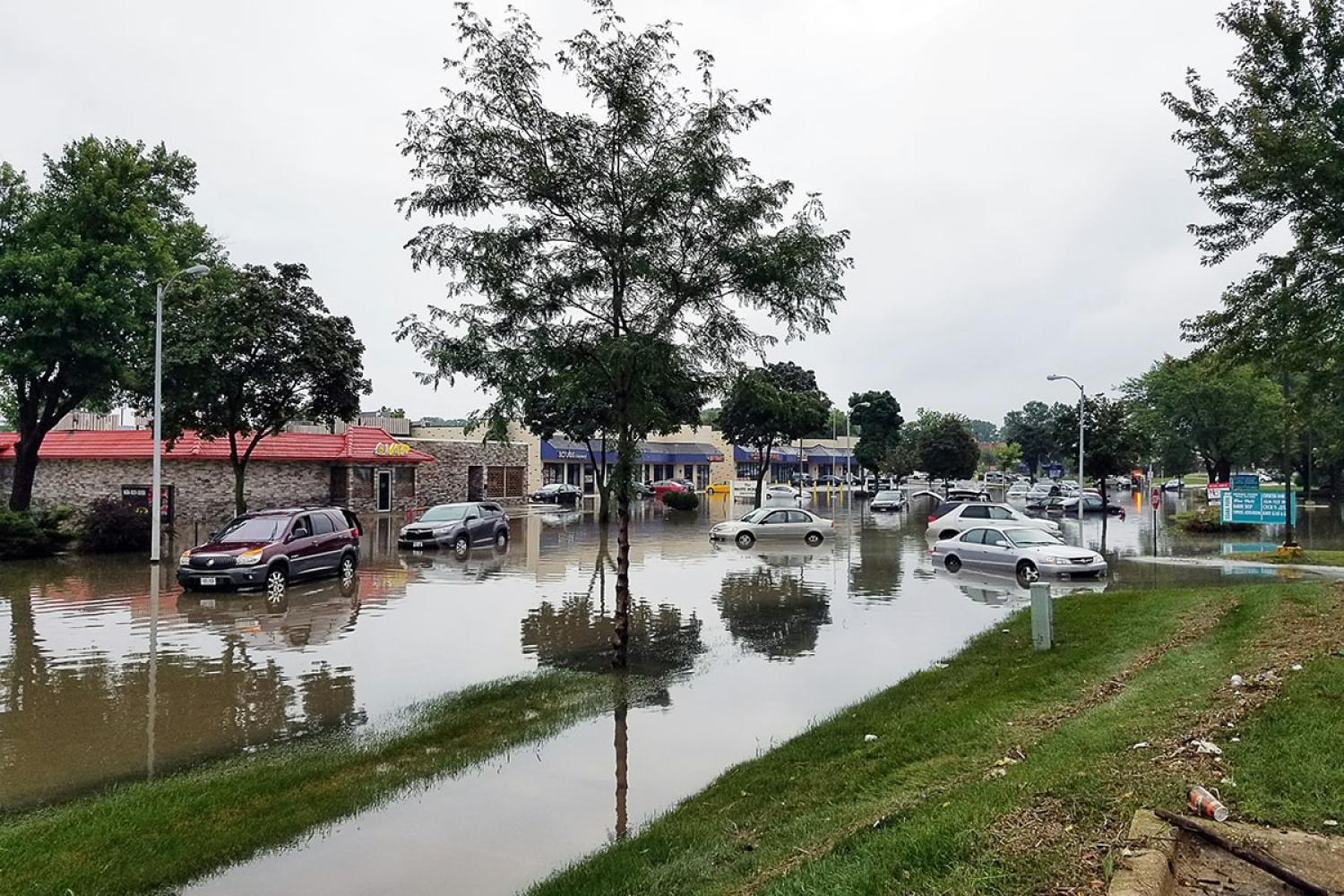18 August 2025

Understanding how flood risk affects infrastructure finance
The global infrastructure investment gap is estimated at $15 trillion by 2040, far exceeding what governments can finance amid tightening fiscal constraints and record-high public debt. Policymakers are turning to public-private partnerships to attract long-term investors and ease fiscal pressure, but rising climate risks, especially floods, now threaten the surge in private infrastructure investment, can result in increasing capital costs, and undermine affordability.
The paper provides one of the first empirical investigations of flood risk impact on infrastructure loan default probabilities
This study focuses on whether expected flood damage affects infrastructure loans defaults. A dataset of 950 infrastructure project loans was assembled and matched with asset-level flood hazard data and sector-specific damage functions. Expected flood damage was then assessed against infrastructure loan default probabilities.
The findings show that a one standard deviation increase in expected flood damage is associated with nearly a one percentage point increase in default probability. The risk is particularly pronounced for projects with long maturities or those backed by power purchase agreements. These results challenge the assumption that financial structuring alone can offset the risks posed by extreme climate events.
Adaptation standards only reduce financial risk when they are implemented
Enforcement, not policy design alone, determines whether adaptation lowers credit risk. The analysis uses the FLOPROS database to test the effectiveness of flood protection policies. Countries with implemented and enforced adaptation standards experience lower default probabilities. In contrast, jurisdictions with policies that exist on paper but lack implementation do not benefit from reduced credit risk. Infrastructure lenders need to go beyond the presence of flood protection policies and assess regulatory effectiveness.
Flood risk might threaten the attractiveness of infrastructure as an asset class
Unaddressed flood risks weaken the characteristics that make infrastructure attractive to investors. Project finance relies on long-term stability and predictable cash flows. Increasing flood exposure undermines these assumptions. If adaptation efforts remain opaque or unreliable, lenders may begin to demand higher risk premiums, or shift capital elsewhere, making infrastructure more difficult to finance.
Policy implications and recommendations
- Flood exposure increases loan default risk, particularly for long-term and contract-backed projects.
- Enforced flood adaptation standards lower financial risk, while unenforced policies do not.
- Lenders need to access tools that measure and verify adaptation at the asset level.
- Infrastructure credit assessments must incorporate forward-looking climate risk projections rather than relying solely on historical data.
Read the full paper
Assab, A. (2025). Did We Open the Flood Gates? Climate Risk and Infrastructure Loans Probability of Default. Journal of Climate Finance, 11, 100066.

Abderrahim Assab